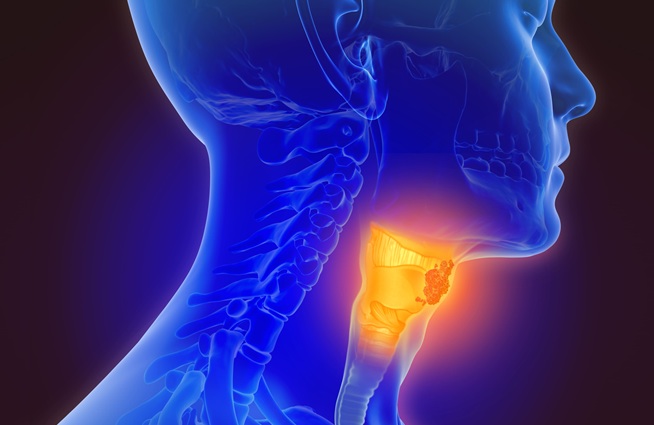Electronics-Enhanced Microfluidic Chip Counts and Characterizes Cells or Particles
By LabMedica International staff writers
Posted on 02 May 2016
In a proof-of-concept study, a team of electrical and computer engineers demonstrated the ability of an electronics-enhanced microfluidic chip to characterize and count ovarian cancer cells.Posted on 02 May 2016
While numerous biophysical and biochemical assays have been developed that rely on spatial manipulation of particles or cells as they are processed on lab-on-a-chip devices, analysis of spatially distributed particles on these devices typically requires microscopy, which negates the cost and size advantages of microfluidic assays.

Image: A hybrid microfluidic chip (held by Dr. Fatih Sarioglu) uses a simple circuit pattern to assign a unique seven-bit digital identification number to each cell passing through the channels (Photo courtesy of the Georgia Institute of Technology).
Investigators at the Georgia Institute of Technology (Atlanta, USA) have combined microfluidics with electronic sensor technology to produce a lab-on-a-chip device that can determine the location, size, and speed of cells moving through the microfluidic channels. The information for each individual cell is stored and then used as the basis for automated cell counting and analysis.
The underlying principle enabling cell identification is code division multiple access (CDMA), which is used by cellular telephone networks to separate the signals from each user. The innovative on-chip version is called microfluidic CODES. The CODES method relies on a grid of micron-scale electrical circuitry located in a layer beneath the four-channel microfluidic chip. Current flowing through the circuitry creates an electrical field in the microfluidic channels above the grid. When a cell passes through one of the microfluidic channels, it creates an impedance change in the circuitry that signals the cell’s passage and provides information about the cell’s location, size, and the speed at which it is moving through the channel. The packet of information generated for each cell is assigned a unique seven-bit identifier number that is stored for analysis.
As a proof of principle, the investigators use this technology to detect human ovarian cancer cells in four different microfluidic channels fabricated using soft lithography. In this exercise more than a thousand ovarian cancer cells were tracked with an accuracy rate of better than 90%.
“We are digitizing information about the sorting done on a microfluidic chip,” said senior author Dr. Fatih Sarioglu, assistant professor of electrical and computer engineering at the Georgia Institute of Technology. “By combining microfluidics, electronics, and telecommunications principles, we believe this will help address a significant challenge on the output side of lab-on-a-chip technology.”
“We have created an electronic sensor without any active components,” said Dr. Sarioglu. “It is just a layer of metal, cleverly patterned. The cells and the metallic layer work together to generate digital signals in the same way that cellular telephone networks keep track of each caller’s identity. We are creating the equivalent of a cell phone network on a microfluidic chip. Our technique could turn all of the microfluidic manipulations that are happening on the chip into quantitative data related to diagnostic measurements.”
The CODES-based lab-on-a-chip was described in the March 29, 2016, online edition of the journal Lab on a Chip.
Related Links:
Georgia Institute of Technology














